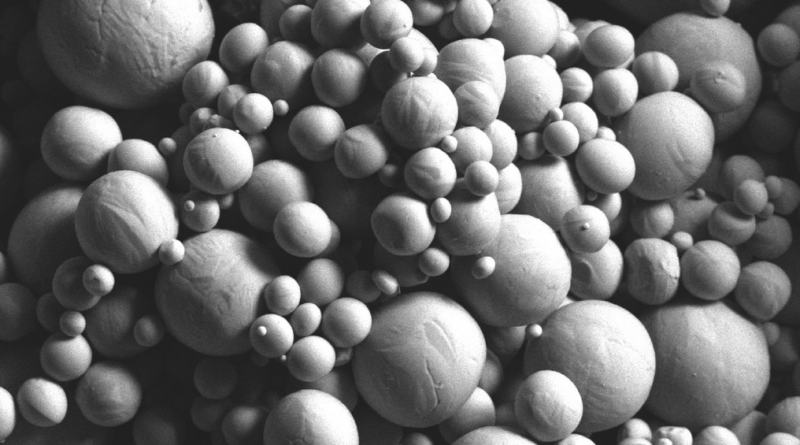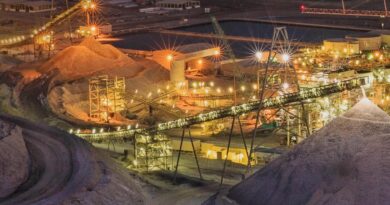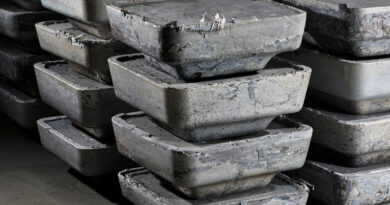What does the energy transition mean for rare earths?
The global transition to a lower-carbon future has fuelled significant interest in the rare earths industry. Prices have risen, resulting in a diverse pipeline of projects in terms of geography and mineralogy. The majority have been known and explored for more than a decade, but suffered from a lack of market investment due to fluctuating conditions and competition for investment from battery material-focused projects.
Notable recent developments include:
- The start of a production initiative between Chemours, Energy Fuels (EF) and Neo Performance Materials (NPM). At its White Mesa facility in Utah, EF processes monazite sands from Chemours’ Starke project in northeast Florida. The process involves extracting uranium and thorium and producing a mixed rare earth carbonate product to be shipped to Neo’s Silmet facility in Estonia for separation.
- Commercial-scale production of rare earth concentrate began at the Nechalacho mine, Northwest Territories, Canada this year. Material will be sent for refining at the Saskatchewan Research Council’s cracking and leaching facility in Saskatoon in late 2021.
- In Australia, financial and legislative support from central government is helping to incentivise the development of multiple rare earth operations, including Iluka Resources’ Eneabba refinery and Arafura Resources’ Nolans project.
- The ongoing relocation of Lynas’ LAMP cracking and leaching facility from Malaysia to Kalgoorlie, Western Australia, would see the first commercial-scale rare earth cracking and leaching capacity commissioned in Australia. Lynas has also entered into agreements with the US Department of Defense to establish light REE and heavy REE separation facilities in Texas.
Rare earths have been an ever-present and longstanding member of many critical raw material lists. The geographic concentration of rare earth mining and refined production has long raised concerns over the potential for supply disruption and the wide-ranging end-use markets they serve. Around 90% of NdFeB magnet manufacturing currently takes place in China, despite efforts to diversify mined and refined supply. This raises geopolitical concerns.




